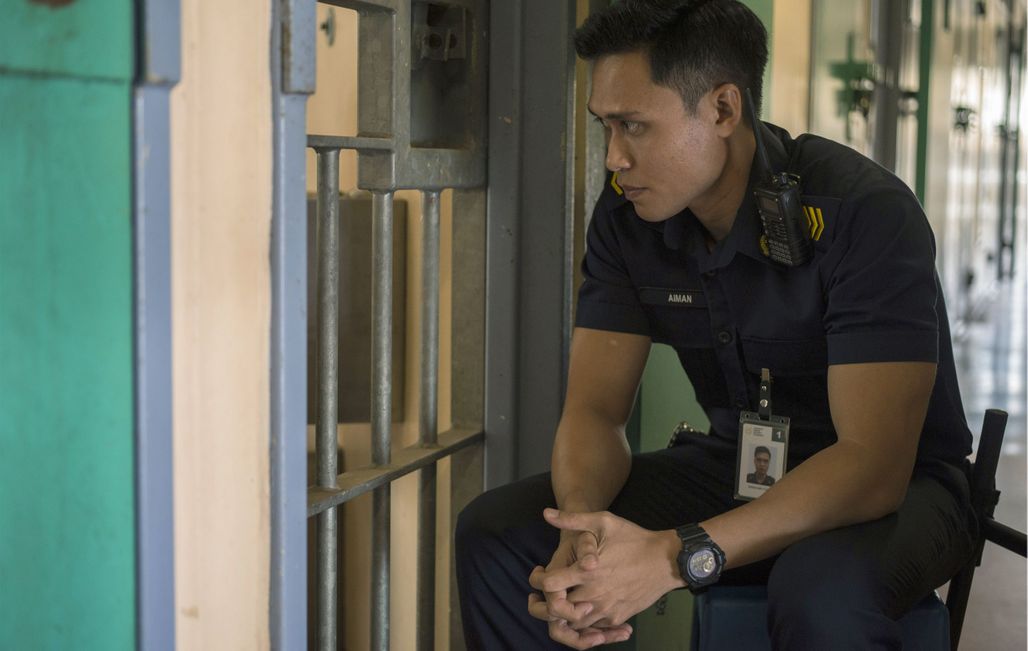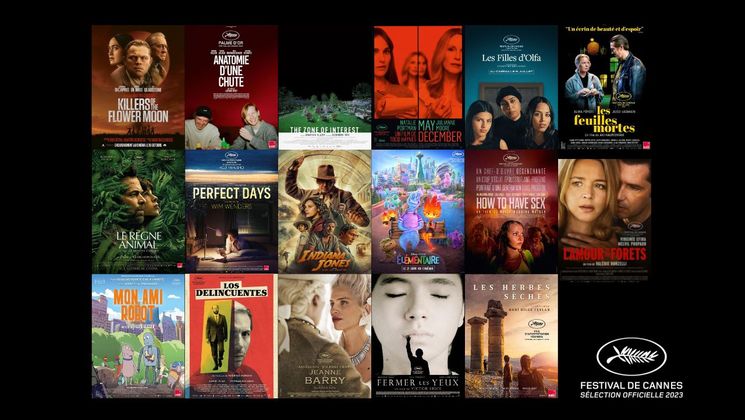
Apprentice: an interview with Boo Junfeng

At 32, Boo Junfeng embodies the young generation of Singaporean cinema. He got noticed in 2010 at La Semaine de la Critique with Sandcastle, his first feature film. This year, he is selected in Un Certain Regard for Apprentice, a psychological drama set in a prison and involving a guard and the executioner.
What inspired you to begin work on this film?
Capital punishment is a pertinent issue in many parts of the world, and the point of view of an executioner is rarely explored. I was curious to know what happens at an execution, and what it would be like to tell a story from the perspective of an executioner.
Please describe your working method and the atmosphere on set.
On the set of Apprentice, I decided to make things more fluid with the actors so that surprises could happen. It was a much more collaborative approach than I was used to, and I think it opened up more possibilities for the film. As Malay is not my native language, I worked closely with a translator who is also a playwright throughout the rehearsals and shoot, so that the lines were accurately and authentically put across. The actors also went through technical workshops in rope making and spoke with real people I had interviewed when I was writing the script.
Please share a few words about your actors.
Fir Rahman is a very intuitive actor. Once he got into the mind of Aiman, he became the character, and I felt as though I was telling Aiman, instead of Fir, what to do. Wan Hanafu Su has a natural charisma about him that matched Rahim’s perfectly. There is also something unpredictable about him that added colour to Rahim’s character.
What are your views on the state of the film industry in Singapore?
Compared to the other film industries in Southeast Asia, Singapore’s is very small and still in its infancy. But things are getting more and more exciting. Many young filmmakers coming up with interesting projects are patiently developing them through project markets and film labs. And there is an increasing consciousness on the role of art and cinema in society.
What sources of artistic inspiration have you drawn from in your work?
I enjoy walking through art museums and going to the theatre to watch plays, and I encounter ideas in unexpected places – like in the sound of a wind sculpture or the way a light dims in a theatre. Over the course of researching and writing the film, I was conscious of the fact that I have lived vicariously through the fiction of others – through the films that I have watched or the books that I have read. I did not want the scenes in my film to be inspired solely by that. I needed them to come from real life – so I took 2 years to reach out to real people, understand different points of view and experience things that were beyond my comfort zone.


